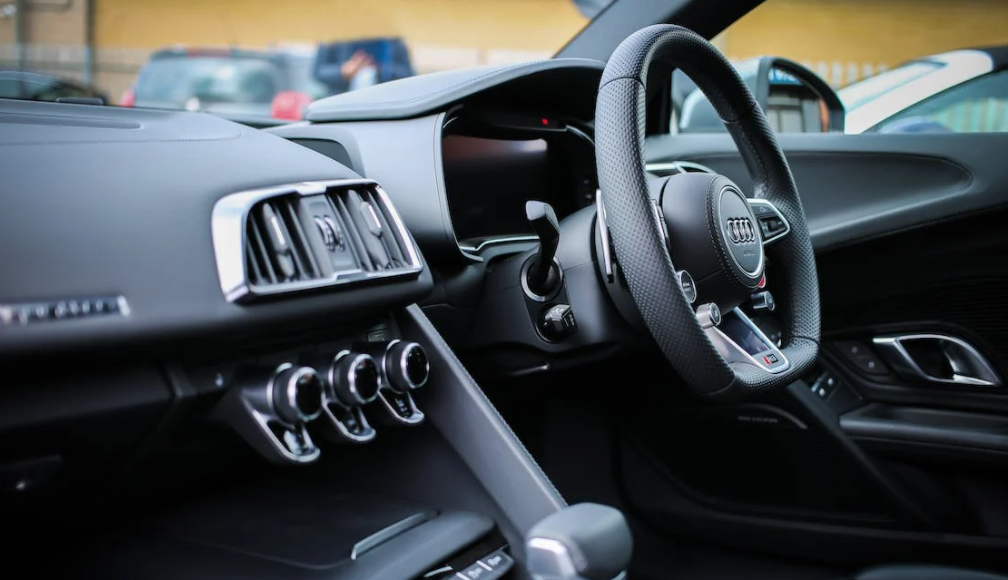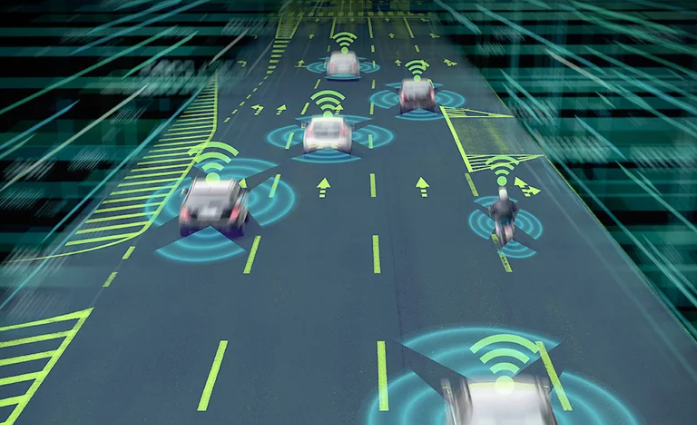Automotive
These new systems have been proven to improve safety, comfort and convenience. The challenge for designers and engineers today is to work seamlessly with these systems. Designing more complex systems means that engineers need the right equipment to test and measure the next generation of technology.
Automotive - A rapidly evolving mobile network system
There are more than 100 electronic control units (ECUs) in automobiles, which control the engine, air conditioning, steering, cameras, brakes, wireless communication and other systems that form a set of on-board network systems. I2C and SPI are used extensively in ECUs, while Controller Area Network (CAN) and Local Interconnect Network (LIN) are used in applications where reliability outweighs speed requirements. In the automotive design phase, engineers need reliable test tools and Dingyang can provide you with.
- Trigger and decode functions for I2C, SPI, CAN, LIN, CAN-FD, FlexRay.
- Handheld oscilloscope for automotive wiring harness testing, portable and easy to operate.
- Safety in combination with current probes to measure high currents.
- Power analysis software to assist in analyzing drive module operation.

From the advent of electronic fuel injection in the last century, to today's rich in-car entertainment and the future of Level 5 Advanced Driver Assistance Systems (ADAS), automotive electronics are growing rapidly. This has also placed greater demands on the security of electronic and communication systems.
As vehicles integrate more and more RF standards, radar and high-speed data buses, automotive electronic components must meet the EMI and EMS specifications of vehicle manufacturers. Smart car solutions can quickly detect interference, eliminate potential safety hazards, and prevent dangerous behaviors such as false ignition from occurring.

Setting the speed of automotive testing
At the crossroads of automotive technology and the Internet of Things, ready to help companies accelerate growth with smart solutions. From advanced driver assistance systems to car-to-outside and all information exchange, fuel solutions for next-generation automotive technology.
Sensing your presence
With vehicles connected to each other and the infrastructure of smart cities interconnected, a communications transformation is imperative. Vehicle-to-infrastructure (V2I) connectivity allows vehicles to be notified in advance about accidents, closures, roadblocks or the availability and location of parking spaces at their destination. It also allows municipalities to monitor traffic flow, minimize rush hour congestion, and reduce emissions.
No Future Without Electricity
The electrification of cars and trucks and their markets are growing rapidly. Designers and engineers are being challenged by consumer demand, government policy, and the need to reduce global greenhouse gas emissions (GHG). The drive to produce a wider range of cheaper, more efficient batteries and the internal systems to support these new designs is becoming mainstream. Clean energy is becoming the global trend of the future.
Moving toward mass customization
Customized products or mass customization is not a new idea, but it is driving innovation across industries, including automotive. So how do industries that have been successful with mass production models suddenly move to mass customization? It's not easy. But the answer lies in a combined approach that includes lean manufacturing, 3D ......





